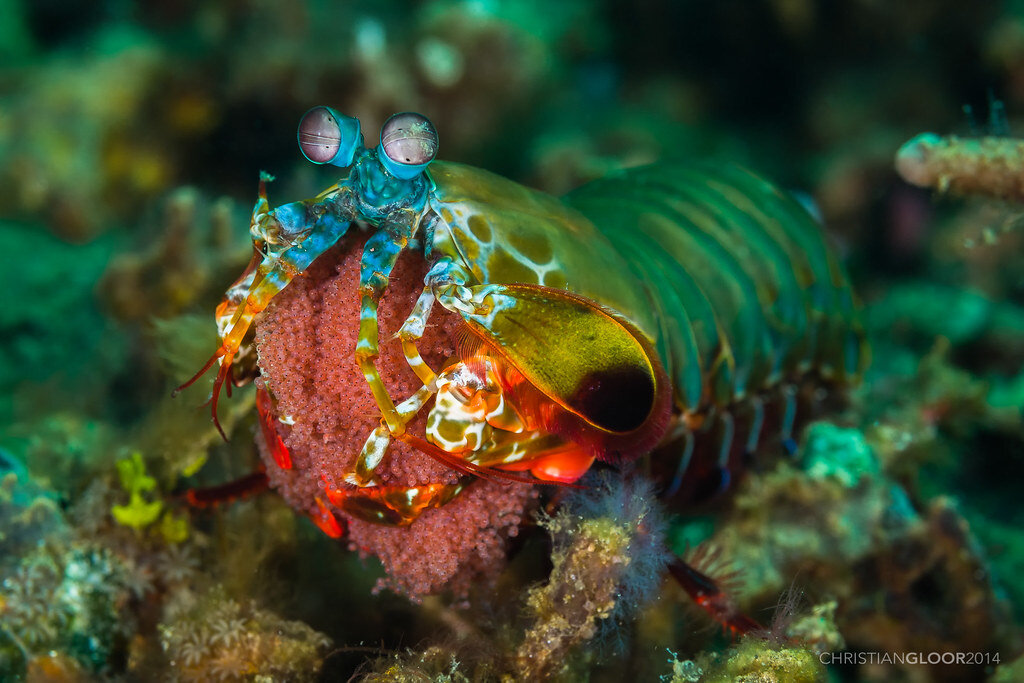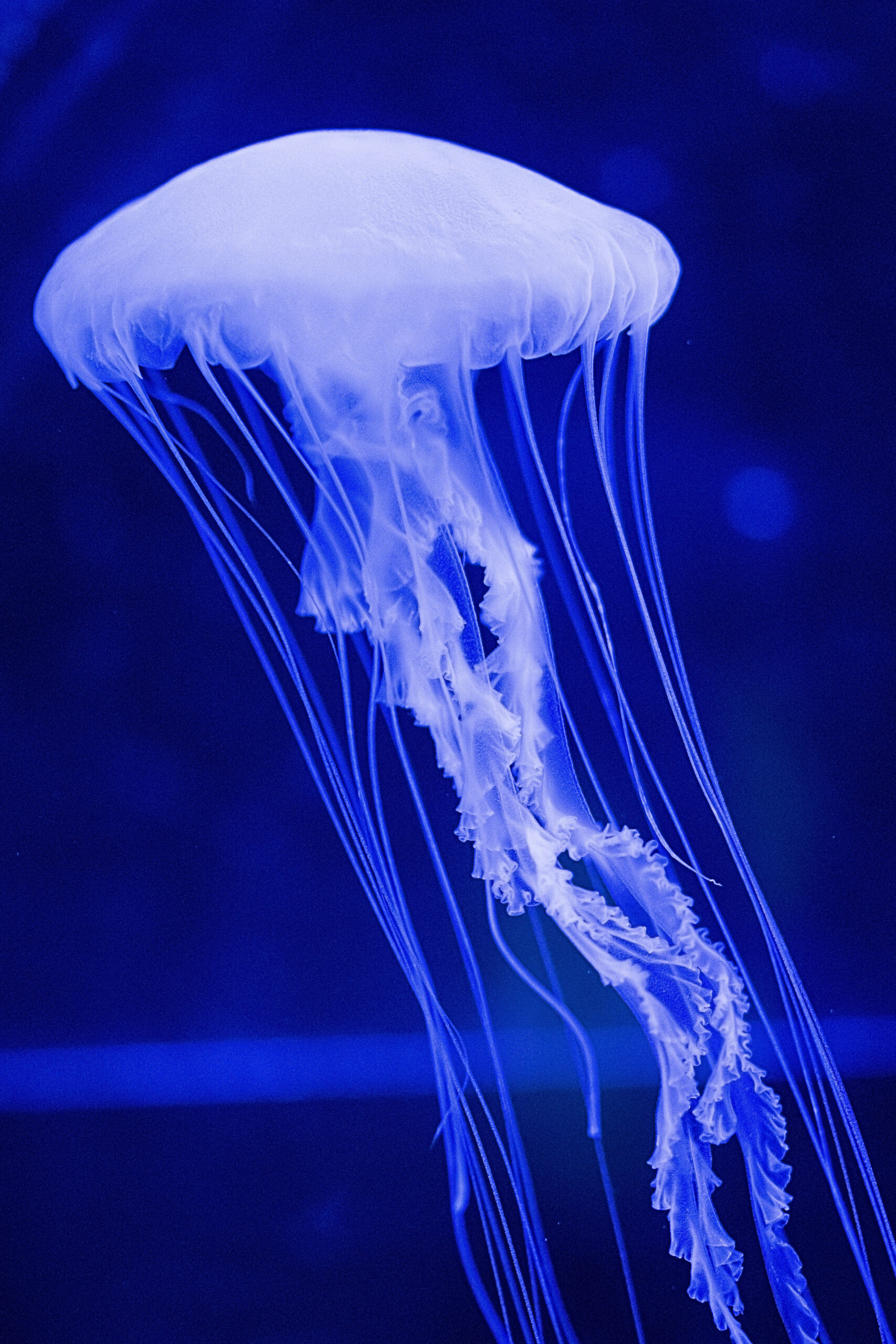Why Colours Change Under Water
Have you ever been diving deep in the sea and seen colours start to get more monochromatic the deeper you got? Or perhaps you might have seen a video like the one below of colours changing the deeper you dive into the water and wondered why this happens.
This phenomenon has an explanation but it does require a little understanding of how light behaves.
The deeper light travels through water the more energy it loses due to water having a higher density than air. This causes certain colours to appear dull or appear as completely different colour since the colour represented by less energetic wavelengths end up becoming invisible the deeper you go.

What Causes Colours To Change Under Water?
It might seem like the explanation for this phenomenon would be pretty complicated, but in fact, the reason this happens is actually quite simple.
To put it simply it is because the deeper you go into water the more energy of the wavelengths that we perceive as light is lost, which is why it also simultaneously gets darker the deeper you go.
You can imagine light as a bullet being shot at the water. When a bullet is shot into the open air, nothing will stop it except the loss of momentum that comes with air resistance, unless of course, the bullet hits something on its way.
However, if we were to shoot the same bullet into a body of water, we would have a different result. The reason for this is that the amount of force required to go through water is much greater than the force required to go through air.
This is because the molecular density of water is about 830 times denser than air, meaning that the number of molecules that the bullet would actually have to get through is way higher in water than in air.
What Happens When Light Hits Water?
When sunlight hits water there is something very specific that happens. What happens is that the water will bend slightly, because it is now entering something with a higher mass. This occurrence is called refraction.
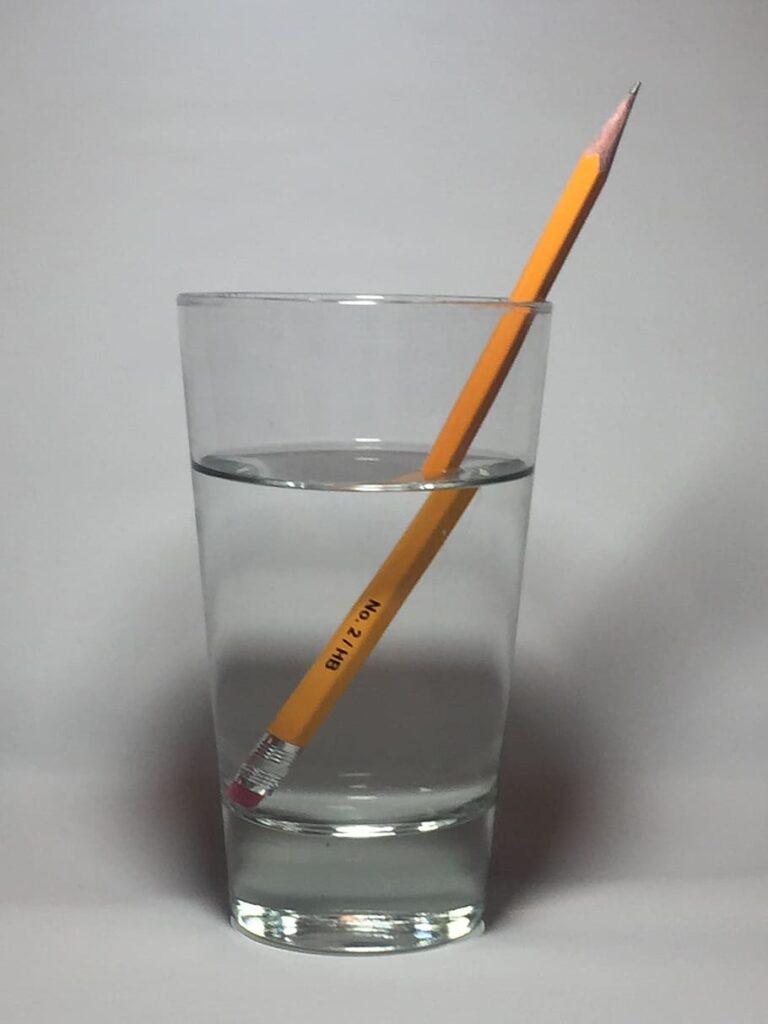
We are able to visually observe the effects of refraction by looking at any straight object that passes through water.
What will happen is that the object will appear “moved over“ or cut up as if it would be a sort of optical illusion, but in reality, it is simply because the light is bending in such a way that it just appears this way for us.
Refraction also per definition slows the light down, for all the reasons mentioned above.
Understanding The Wavelengths of Different Colours
This is the part where we need a bit more of an understanding of light and its properties before we can properly answer this question.
The first thing we need to clarify is what actually makes the different colours behave differently from each other. This can be boiled down to the different colours consisting of a light of different wavelengths.
Any given colour is created when white light bounces off the coloured object and then reflects back a specific wavelength of light that then enters our eyes.

This is the case because white light is actually a combination of all colours (or different wavelengths) of the visible light spectrum. This concept can be visualized through a prism which splits the different colours of light into their respective wavelengths.
So now we understand that different colours of light all have different wavelengths, but what does that actually mean? The important thing we can take with us from this is the fact that, going from red to purple, the strength of the actual light rays progressively increases.
The reason why that is the case is that the wavelength of purple is shorter than the red, meaning that the actual ray of light that is purple has more energy than the red one has.
Another way you can imagine this is that things with more motion generate more heat according to physics, and when you look at the different colours you can see how purple has more motion than red happening in the same physical length/timespan.
Why Do Only Certain Colours Change?
With the understanding of how different wavelengths of light (or in simpler terms, different colours of light) have different levels of energy, we can begin to understand why only specific colours change when going underwater.
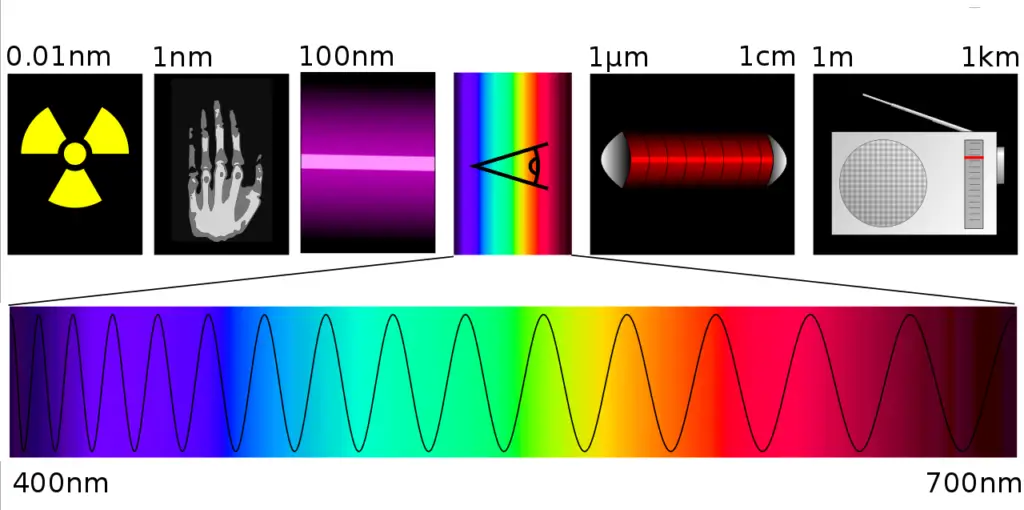
If we bring back the bullet analogy, we can understand this concept rather easily. We can imagine this as the different colours as their own separate bullets which are all fired at different velocities. Going from the least powerful bullet red, to the bullet with the most velocity which would be purple.
Following these parameters, we would also have every colour in between these being fired at a velocity that corresponds to their own wavelength.
If we take this concept and now shoot all these bullets into the water, it is pretty easy to imagine that the bullets with the most force will go the furthest/reach the deeper depths. That is exactly what happens with the light of different wavelengths hits the water.
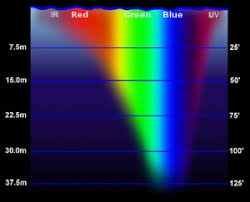
The wavelengths that have higher energy will end up reaching further down into the water than the wavelengths with lower energy.
This is why colours ranging from purple to green are the only things that can be seen at a certain depth because at that depth the wavelengths that correspond to the colour red will already have faded out due to it being a weaker ray of light than purples or blues.
However, this also changes when you go even deeper than just that because at one point we will also see the greens and blues starting to fade while purple is still visible, for the same reasons red disappears. They simply fade out the deeper you go into the water.
This also explains how it is possible to reach total darkness underwater, because at that point it is so deep that not even the strongest of visible lights can reach it. The depth you need to reach in order to achieve this total darkness is about 1000m deep (3320 ft) into the ocean.
Summary
To simply summarize this topic, the reason why certain colours tend to disappear at greater depths of water is due to the energy of wavelengths of different colours.
Colours such as red, orange and yellow are less energetic than green, blue and purple, which means that they will disappear faster due to the more energetic colours reaching further down.
This is also why it becomes completely dark at 1000m because not even the more energetic colours can reach and illuminate those depths.


